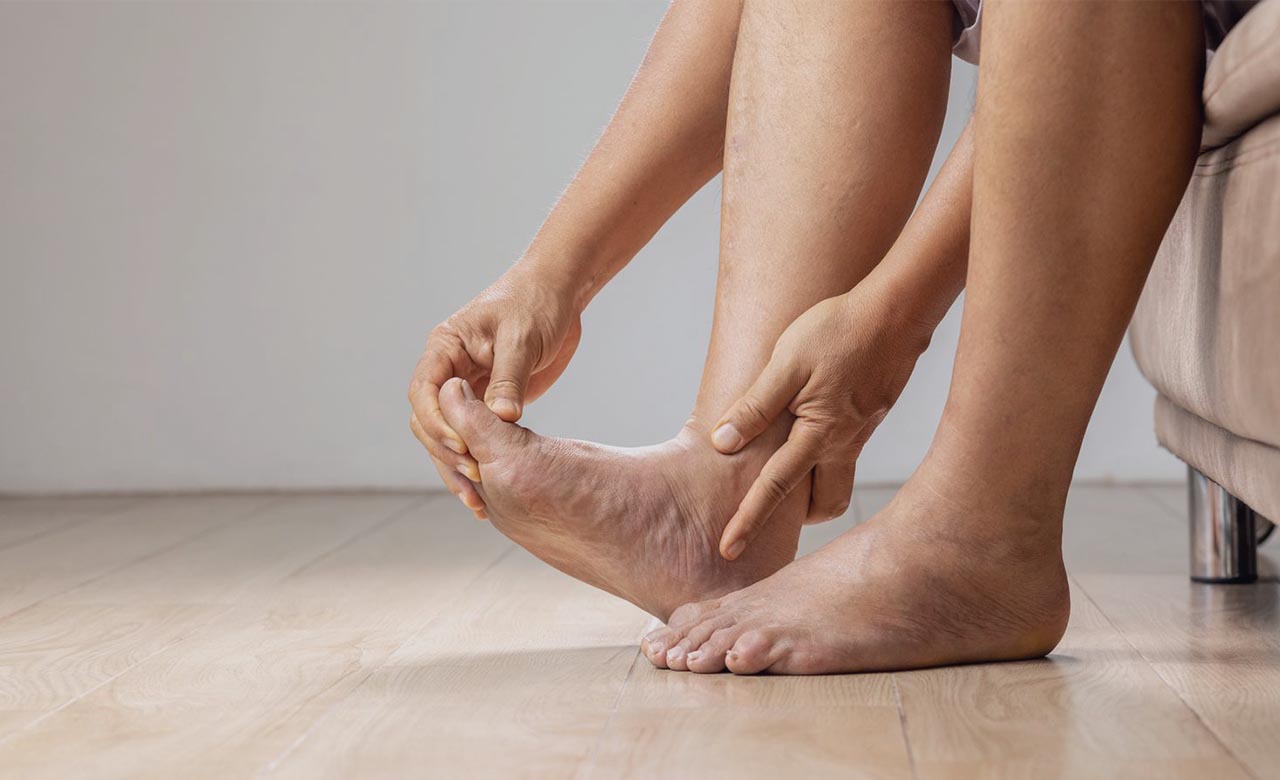Lower extremity edema is swelling in the legs, ankles, and toes resulting from a buildup of fluid in the connective tissue. It is a widespread disease that can affect people of all ages and often signals an underlying health issue. Understanding the causes, symptoms, and treatment options for lower extremity edema is essential for effectively controlling and avoiding implications.
Causes of Lower Extremity Edema
Many causes cause extremity lower edema, which includes venous insufficiency, heart attack, kidney failure, liver damage, and some of the wrong medications that are discussed below:
Venous Insufficiency
Venous insufficiency happens when veins in the lower limbs fail to provide blood to the heart properly. This problem may lead to fluid buildup in the legs, ankles, and toes, leading to lower extremity inflammation. Along with skin changes such as shininess or discoloration, common symptoms include swelling, suffering, and rigidity in the thighs. Elevating the legs, wearing compression stockings, and staying physically active may help prevent venous insufficiency and edema. Treatment can additionally involve addressing underlying problems, such as obesity or prolonged sitting or standing.
Heart Failure
It is one of the most problematic medical conditions, where the heart cannot circulate blood properly. As a result, it causes fluid buildup in different body parts, particularly the lower extremities. Heart failure happens when the less powerful heart muscles fail to circulate enough pus, leading fluid to collect in the legs, ankles, and toes. Lower extremity edema is a consequence of this fluid buildup and is characterized by swelling, Pain, and decreased motion. Medication, lifestyle modifications, and, in particular, medical therapies are utilized to improve heart function and alleviate symptoms like lower-extremity edema.
Kidney Disease
Kidney problems may give lower-extremity edema through an array of routes. The kidneys play a crucial role in maintaining the body’s fluid by filtering toxins and excessive water from blood flow. When the kidney’s function fails, fluid gathers, causing inflammation in the legs, ankles, and feet.
Liver Disease
Lower-extremity swelling can result from a liver condition as it disrupts fluid balance in the body. When the liver gets weaker, it may be challenging to create sufficient proteins, such as albumin, that help in fluid travel. Additionally, liver dysfunction can cause higher pressures in the veins, leading to fluid spilling into the surrounding tissues.
As a result, people with liver illness might experience swelling in their legs, ankles, and feet. To prevent the negative implications of edema and liver malfunction, it is essential to address liver disease as promptly as possible through beneficial medical management.
Lymphedema
Lymphedema is an instance of lower extremity edema when lymphatic fluid collects in the legs, ankles, or feet. It occurs when there has been a compromise or harm to the lymphatic system, which helps regulate fluid balance and immunity. Surgery, radiation therapy, diseases, trauma, or genetic conditions can all cause this type of injury. Lymphedema generally causes swelling, heaviness, and discomfort in the affected limb.
The typical course of treatment involves skincare, exercise, compression therapy, and manual drainage of lymph to help control symptoms and enhance lymphatic circulation. Early detection and proactive treatment are essential to reduce complications and improve the standard of life of individuals with lymphedema.
Medications
Medications can generally control lower extremity edema, especially when underlying medical conditions that lead to fluid retention are fixed. Diuretics are often prescribed because they help the body remove excess fluid by increasing urine production. These drugs reduce sodium and water reabsorption in the urinary tract, thereby decreasing tissue buildup.
Symptoms of Lower Extremity Edema
Inflammation in the legs, ankles, or foot is the main sign of lower extremity edema. Additional typical symptoms could be tightness or puffiness in the affected area, Skin that looks blown out or glistening, Pain in the legs or heaviness, reduced mobility, movement, and flexibility, pitting edema, the development of pits or grooves when weight is put on to the swollen area, changes in the color of the Skin.
Lower extremity edema is a common illness that, when not dealt with, can substantially influence a person’s quality of life. Early recognition of symptoms and appropriate treatment and diagnosis are essential for preventing challenges and improving your general well-being. Individuals with lower extremity edema can effectively manage their illness and live active lives by tackling the root causes and using appropriate treatments.




